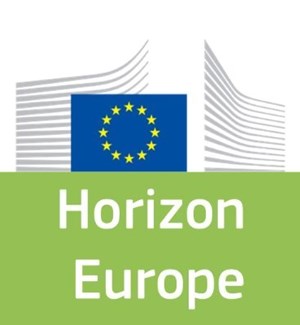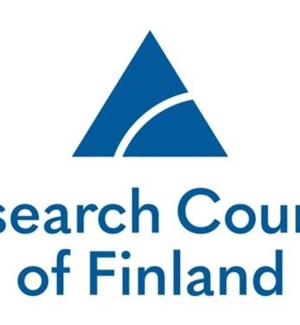- Federal University of Ceará, Institute of Sea Science - Brazil,
- University of Salento, Department of Biological and Environmental Sciences and Technologies (DISTeBA) - Italy,
- Nova de Lisboa, Association for Innovation and Development of the Faculty of Science and Technology (NOVA.ID FCT) - Portugal,
- Hydrographic Institute, Division of Chemistry and Pollution of the Marine Environment - Portugal
The i-plastic project assembles a multidisciplinary consortium of European and Brazilian experts from five institutes and four countries. Together they will assess the dispersion and impacts of microplastics and nanoplastics in the tropical and temperate oceans, from the regional land-ocean interface to the open ocean. The recent acceleration of microplastics pollution has increased the need to develop novel collaborative tools for synergistic problems affecting coastal and oceanic ecosystems. One of the main hurdles is the lack of standardized, comparable and integrated information on smaller size (micro- and nano-) plastics pollution, including their abundance, sources, regional hotspots of accumulation, fragmentation, and transport at the land-sea interface. The i-plastic project assembles a multidisciplinary consortium of European and Brazilian experts from five institutes and four countries. Together they will assess the dispersion and impacts of microplastics and nanoplastics in the tropical and temperate oceans, from the regional land-ocean interface to the open ocean, by: quantifying the seasonal transport and dispersion in three selected estuaries (hotspots of plastic sources) and adjacent coastal waters and shorelines under distinct flow and climate regimes (i.e., tropical and temperate systems); performing in-situ monitoring in the selected system of the eastern and western Atlantic Ocean and Mediterranean Sea; addressing, through in-situ observations and laboratory experiments, the impacts on distinct commercially valuable species (as part of the human diet) from target regions; implementing new approaches to detect and characterize nano-plastics in environmental matrices (i.e.: water, short-term sediment trap, sediment and biota) and ascertain processes of macro-plastics fragmentation; using the data generated to feed regional models for the dispersion of micro- and nano-plastics, which in turn will be used to elaborate a model of their dispersion at the Atlantic scale. The scientific products of i-plastic will provide key knowledge concerning one of the main pathways of plastics to the ocean, their fate at the land-sea interface and the effects of smaller plastics on the ecosystems of different areas worldwide, by making projections to understand the impacts and dispersion of microplastics and nanoplastics in the next decades of the Anthropocene. In transfering the outcomes and knowledge to stakeholders i-plastic will provide communication and education (Massive Open Online Course - MOOC) on the role of estuaries on the dispersion of plastic to different ocean basins. The project further aims to open the discussion and provide concrete knowledge to improve guidelines for plastic management to drastically improve the reduction of plastic litter in the marine environment. This project is part of the 2nd call of JPI Oceans Joint Action 'Ecological Aspects of Microplastics'.
Want to analyze based on this project via our analysis tool? Analyze this project
Knowledge Gaps
Environmental fate and behavior of plastic
Characteristics of plastic-general
Environmental effects and ecotoxicity
Chronic or long-term effects, multiple forms and/or sources
Fate and behavior within an organism
Publications




